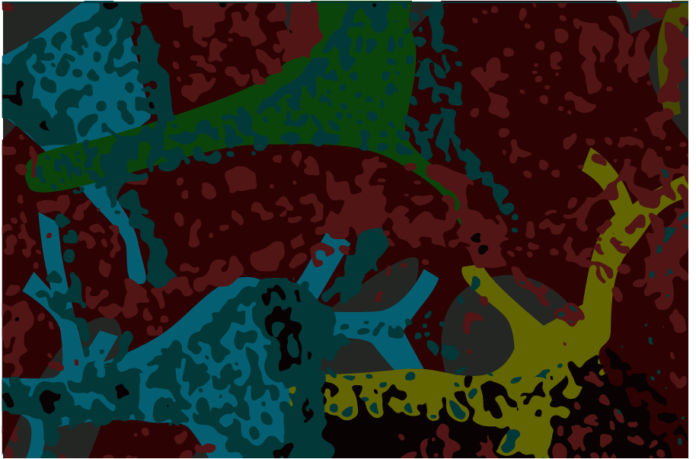Study of hippocampus neurons in the brain reveals the connection between electrical signaling and specific gene expression
By BRANDON NGUYEN — science@theaggie.org
Over 30 years ago, James Trimmer, a distinguished professor of physiology and brain biology at the UC Davis School of Medicine, discovered enigmatic protein clusters on our hippocampus, a major component of the human brain involved in learning and memory formation. Just recently, Trimmer and his lab uncovered the identity of these clusters on neurons to be calcium channels involved in signal transduction to activate targeted gene expression.
Nick Vierra, a postdoctoral researcher at the Trimmer Lab at the UC Davis School of Medicine, described why these proteins form clusters on neurons.
“These clusters are groups of proteins, or calcium channels, on the neuron, and by the cell clustering the proteins together, it’s much more efficient for the cell to activate signaling pathways,” Vierra said.
Neurons send electrical signals from one neuron to the next as a mode of communication transmission. This electrical signaling is facilitated by clusters of ion channels on the dendrites and synapses, but the clusters that Vierra studied are on the cell body of the neuron, which previously remained largely unknown in terms of its functionality.
“We have known the function of other types of ion channel clusters, for example those at synapses, for a long time,” Trimmer said. “However, there was no known role that these much larger structures on the cell body played in the physiology of the neuron.”
Aside from the protein clusters’ location on the cell body being a mystery, Vierra further explained why these clusters are an important focal point for studying brain biology.
“These clusters — you see them in many different organisms all the way down to sea slugs, and vertebrates have taken this calcium channel and clustered it,” Vierra said. “Because this clustering is preserved across different species, it’s an indication that it’s really important in biology. They help control calcium signals in the neurons, so calcium is kind of the master regulator that triggers a bunch of different biological responses.”
A key finding in their study published in the journal PNAS highlights the importance of the joint partnership between potassium channel clusters and these cell body calcium channel clusters. When Vierra uncoupled these two clusters in his experiment, one of the different biological responses that was deactivated as a result was gene expression. This cluster coupling in enabling electrical signaling is critical to what the paper defines as a process of “excitation-transcription coupling.”
Dismantling functional roles on the neuron bit by bit has offered exciting potential for the rise in therapeutics that could aid in neurological disorders and diseases, and Vierra echoes this optimism in how these cell clusters could be targets of study for drug development.
“What we seem to have found is that the calcium signals that come in on the cell body, the part where the nucleus is, are really important for triggering some types of gene expression,” Vierra said. “Clinically, where this information can be really useful is in some patients who have mutations in this channel which are predicted to make it so they’re not clustered anymore. And these individuals end up having very severe neurological disorders, so these results could provide perhaps a molecular explanation for some of the symptoms that these patients exhibit.”
Written by: Brandon Nguyen — science@theaggie.org




